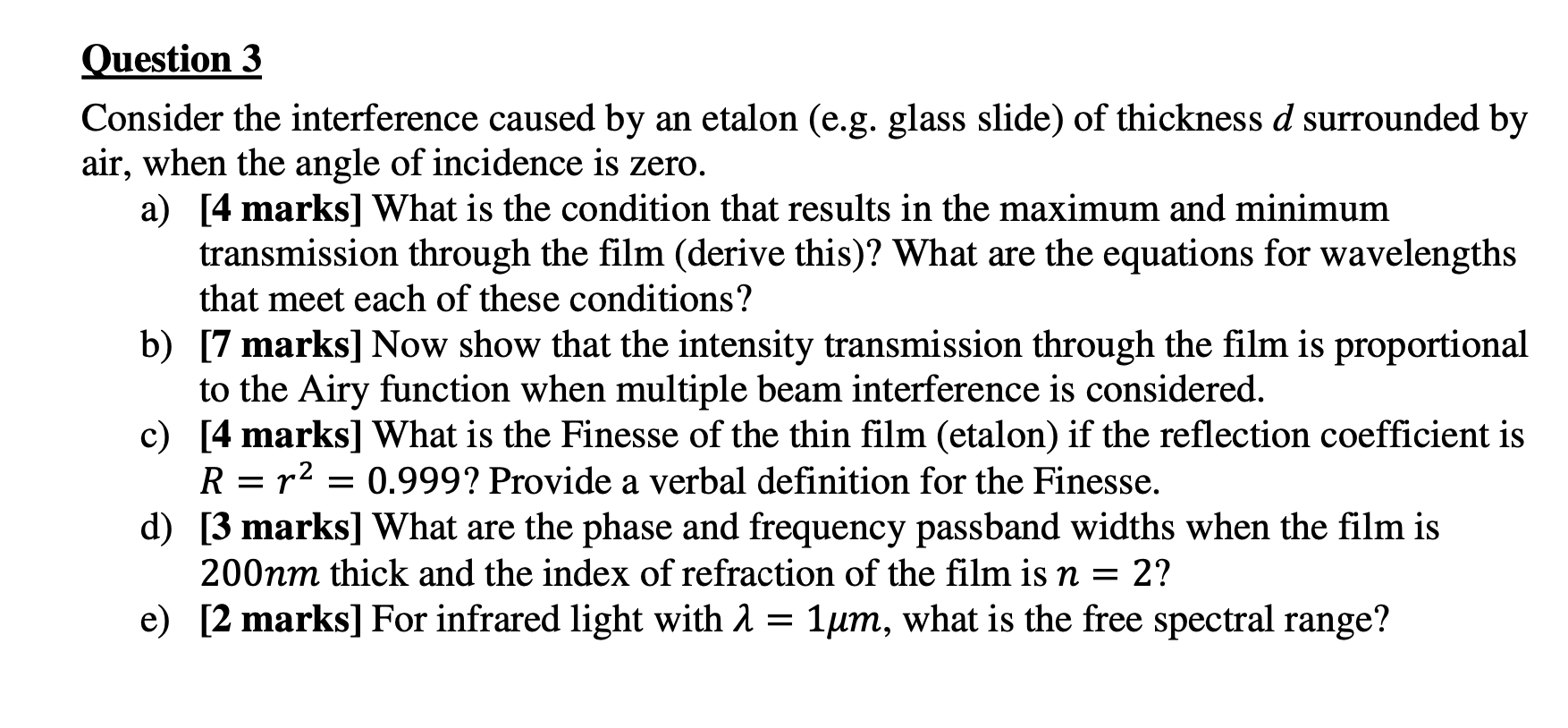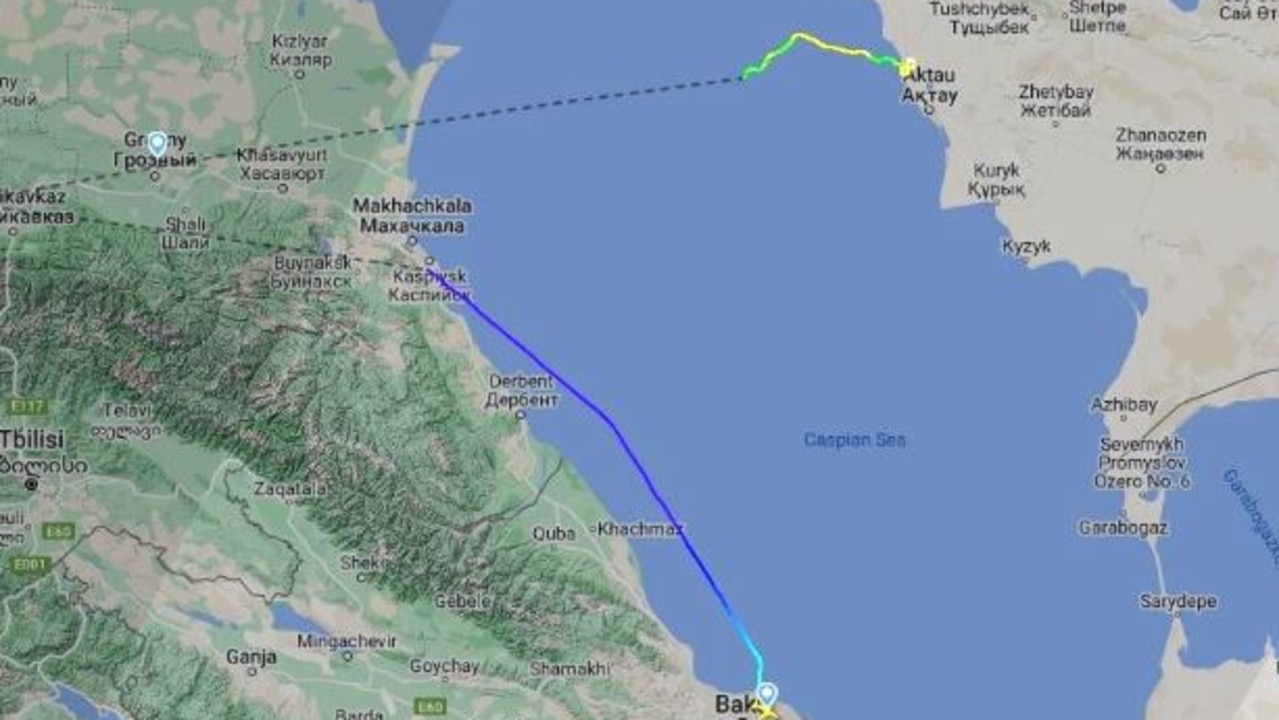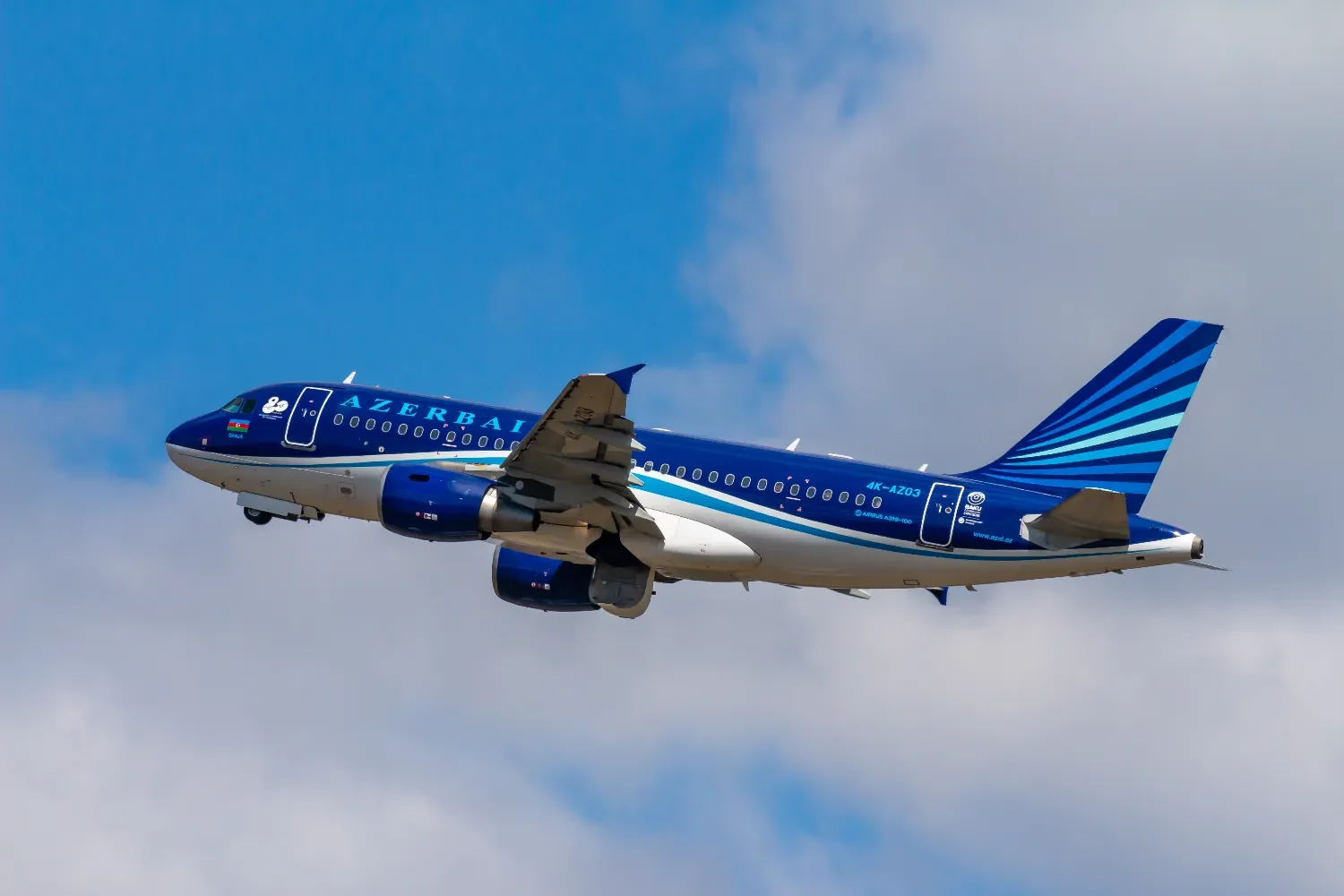Une « interférence externe » à l’origine de l’écrasement au—this phrase, translated as “external interference caused the crash,” immediately suggests a mystery. Was it sabotage? A technological malfunction? A freak accident? This exploration delves into the various possibilities, examining how different types of external interference can lead to devastating consequences, and how investigators work to uncover the truth behind such tragedies.
We’ll look at everything from investigative procedures and the evidence they uncover to the legal and political ramifications that follow such discoveries.
We’ll explore different scenarios, from a seemingly minor equipment failure escalating into disaster to a deliberate act of malice, examining how each scenario might unfold and the clues left behind. We’ll even discuss the emotional toll on those affected by these events. Get ready for a deep dive into the complexities of determining the cause of a crash when external factors are at play.
External Interference in Crashes: An Investigative Approach
The French phrase “Une « interférence externe » à l’origine de l’écrasement au” translates to “External interference as the cause of the crash.” This phrase implies that a factor outside the normal operational parameters of a system (e.g., an aircraft, a political process) contributed directly to a catastrophic event. This investigation delves into the various facets of external interference, exploring its types, investigative methods, legal implications, and technological considerations.
So, you’re interested in “Une « interférence externe » à l’origine de l’écrasement au”—external interference causing a crash, right? Think about unexpected twists, like the shocking reveals in a good thriller. That reminds me, you should check out this article about how Squid Game Will Return and Conclude With an Epic Season 3 , which is full of unexpected plot turns.
Maybe that’ll help you brainstorm about what kind of outside interference could cause a crash—get creative!
Translation and Contextualization, Une « interférence externe » à l’origine de l’écrasement au

The phrase “external interference” is highly context-dependent. In aviation, it might refer to deliberate acts of sabotage, unintentional electromagnetic interference, or even extreme weather conditions exceeding the aircraft’s design limits. In a political context, it could represent foreign influence, covert operations, or even acts of nature manipulated by human intervention. The implications vary widely depending on the specific scenario. For instance, external interference in an aviation accident raises questions of safety protocols and security, while in a political context, it may involve international relations and national security.
Types of External Interference in Crashes
Several categories of external interference can contribute to crashes. Understanding these categories is crucial for effective investigation and prevention.
| Type of Interference | Description | Examples | Potential Impact on Investigation |
|---|---|---|---|
| Deliberate Sabotage | Intentional actions designed to cause a crash. | Explosive devices, tampering with critical systems. | Requires extensive forensic analysis, security investigations, and potential international cooperation. |
| Unintentional Electromagnetic Interference (EMI) | Unwanted electromagnetic energy disrupting electronic systems. | Nearby radio transmitters, faulty electrical systems. | Requires analyzing flight data recorders, communication logs, and electromagnetic field readings. |
| Environmental Factors (Extreme Weather) | Severe weather conditions beyond the aircraft’s operational limits. | Microbursts, extreme turbulence, icing. | Requires meteorological data analysis, eyewitness accounts, and examination of aircraft structural integrity. |
| Third-Party Actions (Collision) | Actions of another party directly contributing to the crash. | Mid-air collision with another aircraft, collision with ground obstacles. | Requires eyewitness accounts, radar data, air traffic control recordings, and debris analysis. |
The likelihood and detectability of these types of interference vary significantly. Deliberate sabotage is often difficult to detect initially, requiring thorough investigation. EMI is often detectable through flight data analysis and system logs, but pinpointing the source can be challenging. Extreme weather events are typically documented by meteorological agencies, and their impact is often visible at the crash site. Third-party actions are usually more easily detectable through witness accounts and radar data.
Investigative Procedures and Evidence

Investigations into crashes involving suspected external interference follow established protocols, combining on-site examination with meticulous data analysis.
- On-site investigation: This involves securing the crash site, documenting the scene, recovering wreckage, and interviewing witnesses.
- Data analysis: This involves examining flight data recorders (FDRs), cockpit voice recorders (CVRs), air traffic control communications, weather data, and maintenance logs.
- Forensic analysis: This may involve analyzing wreckage for signs of explosives, examining electronic components for signs of tampering, and analyzing any recovered communication data for anomalies.
Evidence supporting external interference might include:
- Traces of explosives or other tampering devices at the crash site.
- Anomalous readings in flight data recorders or other electronic systems.
- Witness testimonies corroborating unusual events before or during the crash.
- Evidence of electromagnetic interference from external sources.
- Meteorological data indicating extreme weather conditions beyond the aircraft’s capabilities.
Potential witnesses include air traffic controllers, ground crew, passengers, nearby residents, and other pilots in the vicinity.
Legal and Political Ramifications

Determining external interference as the cause of a crash has significant legal and political ramifications.
Legal consequences could involve criminal charges against individuals or organizations found responsible for sabotage or negligence. Civil lawsuits by victims’ families against manufacturers, airlines, or other involved parties are also likely. Political repercussions could range from international disputes to domestic policy changes related to aviation security or national security.
A scenario involving a crash caused by foreign state-sponsored sabotage could lead to international sanctions, diplomatic crises, and military responses. Governments might seek compensation, while companies may face severe financial penalties and reputational damage. Families of victims would likely pursue legal action and advocate for stricter safety regulations.
So, you’re investigating “external interference” causing a crash? That sounds intense! Maybe you need a break – check out the Big City Quiz of the Year 2027 for some fun. Then, you can return to analyzing that interference data with a fresh perspective and hopefully, pinpoint the exact cause of the accident.
Technological Aspects
Various technological systems are vulnerable to external interference, leading to crashes. Flight control systems, communication systems, and navigation systems can all be affected.
Flight recorders, air traffic control radar, and satellite communication data can reveal anomalies indicating external interference. For example, sudden and inexplicable changes in flight parameters recorded by FDRs, inconsistent radar tracking, or interruptions in communication could point to external interference. A hypothetical scenario might involve a sudden surge of electromagnetic energy causing a temporary malfunction in the aircraft’s navigation system, leading to a loss of control and subsequent crash.
Illustrative Scenario Development
Imagine a passenger jet flying over a remote area. A sophisticated, ground-based device emits a highly focused beam of electromagnetic energy, targeting the aircraft’s flight control system. The interference causes a momentary but catastrophic disruption, leading to a loss of control and a subsequent crash into mountainous terrain. The crash site would show little evidence of pre-impact fire or explosion, but a thorough examination of the wreckage reveals traces of unusual electromagnetic energy signatures on certain electronic components.
Visual elements at the crash site might include scattered debris indicating a high-speed impact, with little evidence of fire or explosion. The aircraft might be broken into several large sections, indicating a sudden loss of structural integrity. The terrain would show significant impact marks and gouges consistent with a high-speed descent.
The emotional and psychological impact would be profound for the families of victims, the crew, and the wider community. There would be widespread grief, anger, and a demand for accountability. The investigation would be complex and potentially fraught with political implications, especially if the source of the interference is identified as a foreign entity.
Epilogue: Une « Interférence Externe » à L’origine De L’écrasement Au

Uncovering the truth behind a crash caused by external interference requires meticulous investigation, combining technical expertise with careful consideration of human factors and political realities. From analyzing flight data to interviewing witnesses and understanding the legal implications, the process is complex and demanding. Ultimately, understanding the various forms external interference can take, and the methods used to identify its role in a crash, is crucial for improving aviation safety and preventing future tragedies.
The human cost underscores the importance of diligent investigation and the need for continuous improvement in safety protocols.
So, “external interference” causing a crash – think about it like this: sometimes, a team’s performance isn’t just about the players on the field. Check out this article on the Sacramento Kings firing their coach, Struggling Kings fire third-year head coach Mike Brown – ESPN , to see how external pressures, like poor management or fan expectations, can impact a whole operation.
Similarly, in the case of the crash, outside factors could have played a significant, unseen role.
Helpful Answers
What types of evidence might suggest deliberate external interference?
Evidence could include physical damage consistent with an explosive device, traces of unusual substances, or communication intercepts suggesting malicious intent.
How long do crash investigations typically take?
The duration varies greatly, depending on the complexity of the crash and the availability of evidence, ranging from months to years.
What role do international treaties play in investigating crashes involving external interference?
International agreements often dictate the jurisdiction and cooperation between nations in investigating international incidents.
What support systems are available for the families of victims?
Support systems vary by country, but often include grief counseling, legal aid, and financial assistance.